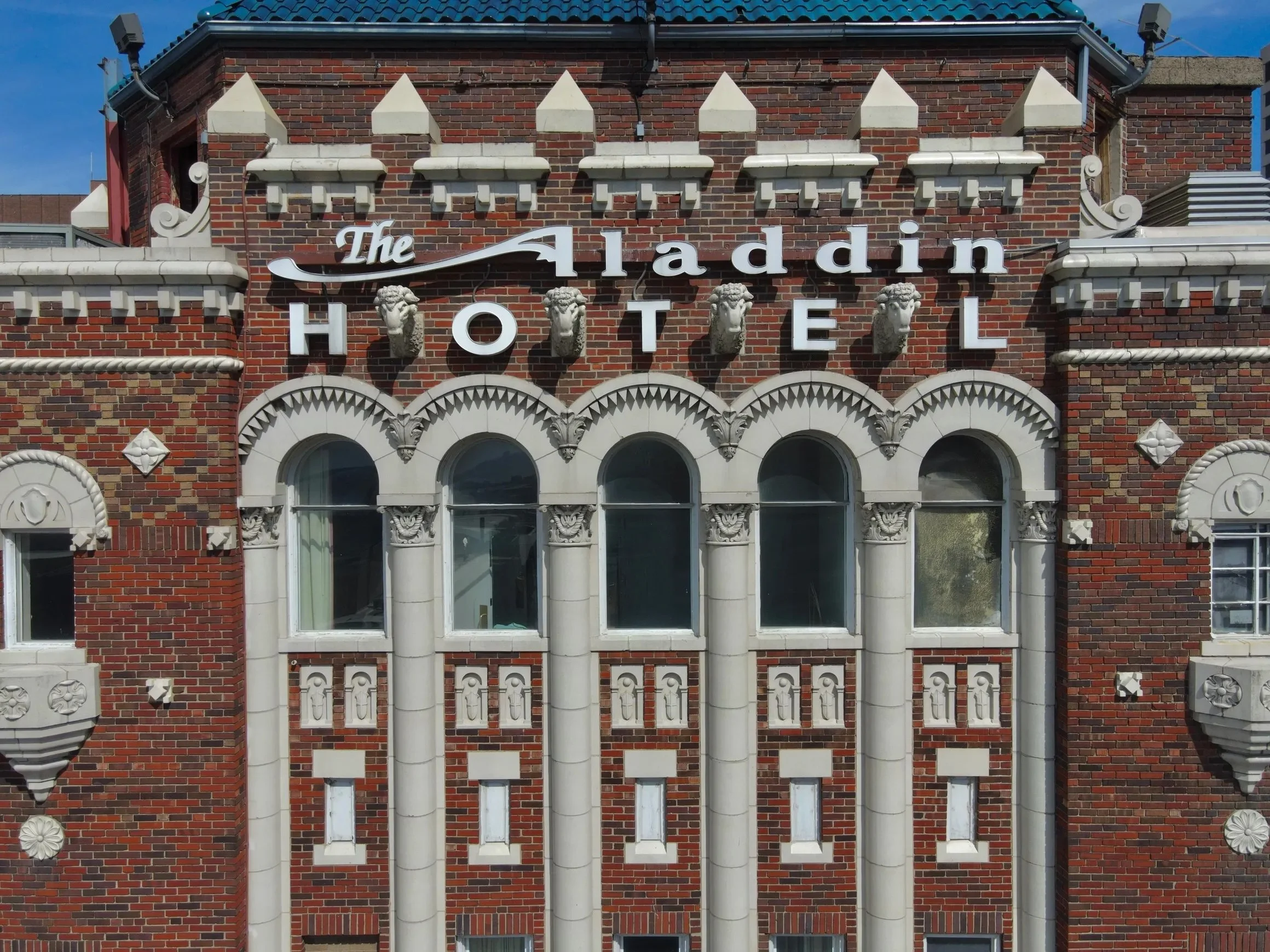Photo credit: Jon Dunn/2A Marketing Team
Kessinger Hunter sees explosive post-pandemic opportunities for industrial marketplace
Before diving into detail regarding the state of the market “post COVID-19,” it is important to share that Kessinger Hunter employees and brokers are working remotely and doing their very best to stay active and engaged in business while taking care of their families, communities and clients first.
Many industry experts have been discussing what the commercial real estate world will look like once the virus passes and all the stay-at-home orders are lifted. Many of the national brokerage houses have held calls pontificating about the difficult times ahead for commercial real estate once the pandemic has passed. However, leaders and their discussions around the industrial space are concurring, and Kessinger Hunter agrees, that the bulk industrial marketplace will be stronger than ever.
Market conditions suggest three things are going to drive industrial real estate. All will put upwards pressure on space demand and rents.
• E-commerce – companies lacking online capabilities or an online presence are missing sales during the stay-at-home orders and are going to be proactive in establishing online capabilities for customers and clients moving forward. Exponential growth is expected in the space these companies lease. Real estate economists project for each $1 billion of new e- commerce business that is created, it drives an estimated need for 1.25 million SF of new industrial space. This growth alone is expected to create another 900 million SF of demand.
• Just-in-time warehouses – these warehouses typically only maintain enough inventory on hand to be able to deliver “just-in-time” to the end users. It is anticipated that these operators will add about 5% to their inventory on hand in the future. This is projected to create new demand for 1.2 billion SF of additional warehouse space.
• Near shoring – this group of businesses has been hurt by having manufacturing outside of North America. These companies are predicted to bring more manufacturing to the US which will give them greater control over their logistics. This will especially affect the Midwest area of the U.S. where the north-south supply chains go from Mexico to Canada.
It is for these main reasons that Kansas City, and the entire country at large, will see explosive growth once the world returns to “the new normal.” While industrial brokers and developers ride out this difficult time and prioritize taking care of family, the community, and clients, they must also be prepared to keep up with the new industrial norm.
________________________________________
Daniel B. Jensen, SIOR is a principal for Kessinger/Hunter & Company, LC. Dan specializes in industrial brokerage and development on both a local and national level.
Dan is an inductee of the Midwest Real Estate News magazine 2016 Commercial Real Estate Hall of Fame, a member of the Society of Industrial and Office Realtors (SIOR), a member of the KC Area Development Council (KCADC), a board member of the Olathe Economic Development Corporation (EDC) and a member of the Council of Supply Chain Management Professionals (CSCMP). Dan has been active in commercial real estate since 1985.
If you are interested in submitting a guest column for the MWM Newsletter publication, please send to lisa@metrowiremedia.com for consideration.
Olathe pioneer spec building sells to investors
The region's first large speculative industrial building at 167th Street and Lone Elm in Olathe has sold to a Dallas investment group. Developed by Kessinger/Hunter, the 600,000+ square foot warehouse and distribution facility at 22101 W. 167th St. in I-35 Logistics Park is fully occupied by FedEx and Bushnell Corp.
Developer Dan Jensen of Kessinger/Hunter saw the current industrial real estate wave coming over a decade ago and worked with Sun Life Assurance to get the building approved, financed and out of the ground.
“This was the first large spec building in our market. It was very rewarding to take this project from an idea back in 2007, through design, permitting, construction, leasing, management and finally sale ten years later," said Jensen, who brokered the building's recent sale to Sealy & Co.
When Jensen first proposed the Lone Elm spec, commercial real estate investment was in a deep freeze. Nonetheless, Jensen persisted and successfully made his case about the potential for growth in Kansas City due to its interstate highway access and central U.S. location. Today, the metro is one of the top 10 industrial markets in the country.
"It is incredible the way the Kansas City metro has exploded with quality big box distribution facilities over the past 10 years. I do not see this slowing down anytime in the near future," Jensen said.
Jensen, meanwhile, continues to ride the wave he helped create. Kessinger/Hunter just announced construction plans for its third warehouse facility in I-35 Logistics Park, a "semi-spec" project that is partially pre-leased. For those keeping track, that brings Jensen's team to just under 2 million square feet of industrial space developed in South Johnson County.
Holliday Fenoglio Fowler, L.P. (HFF) negotiated the sale on behalf of the buyer. Kessinger/Hunter will continue to manage the Lone Elm building.






